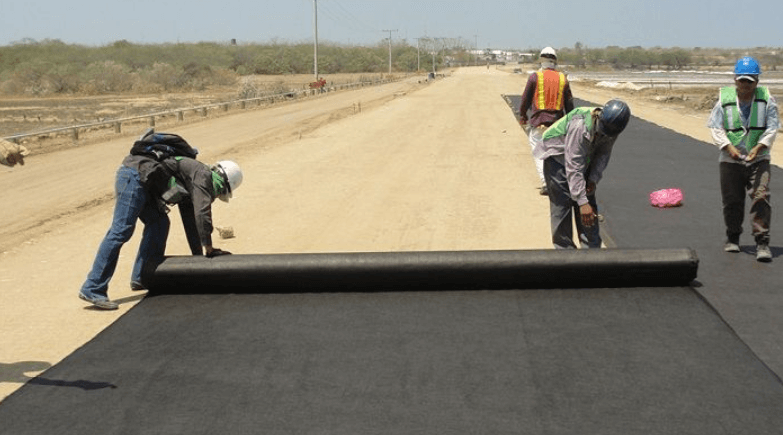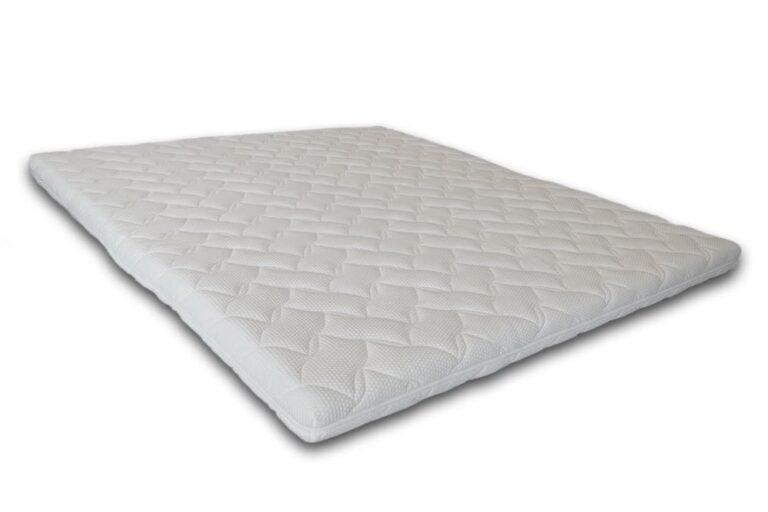Understanding Fabric Weight Standards in Geotextile Engineering

Introduction
In the field of civil engineering and infrastructure development, geotextiles play an important role in ensuring stability, durability, and efficiency. These synthetic fabrics are used in a wide range of applications such as filtration, separation, drainage, and reinforcement. To ensure their proper selection and application, engineers often refer to a technical measurement known as gsm full form in geotextile. This value helps determine the density, quality, and strength of the material. Understanding this measurement is essential for designing safe and effective geotechnical solutions.
What Does GSM Mean?
The term gsm stands for grams per square meter. It measures the weight of a fabric spread over one square meter of surface area. In simple terms, gsm indicates how heavy or dense a geotextile fabric is. The higher the gsm value, the thicker and more robust the fabric will be. This measurement helps engineers and designers identify which type of geotextile is suitable for specific functions, from lightweight filtration to heavy-duty reinforcement.
See also: katie-bush-KprbGiwuSMY-unsplash
Importance of GSM in Geotextile Applications
The gsm full form in geotextile is not just a technical specification; it directly influences how the material performs in real-world applications. Below are several reasons why this measurement is essential:
1. Determines Strength and Load Capacity
Geotextiles with higher gsm values are stronger and can bear greater loads. They are commonly used in construction projects such as road stabilization, embankment reinforcement, and retaining wall foundations.
2. Indicates Durability
A higher gsm fabric can resist wear, tear, and environmental damage more effectively. It ensures longer service life even in areas with heavy traffic or exposure to rough conditions.
3. Affects Permeability
Lower gsm geotextiles generally have better permeability, allowing water to flow through while preventing soil particles from escaping. This makes them ideal for filtration and drainage systems.
4. Helps in Material Selection
By comparing gsm values, engineers can easily select the right type of geotextile for a particular project, balancing cost, strength, and performance.
Categories of Geotextiles Based on GSM
Geotextiles are categorized into gsm full form in geotextile different weight ranges based on gsm values. Each range serves a different purpose depending on the structural and hydraulic requirements.
Lightweight Geotextiles (Below 200 gsm)
These fabrics are thin and flexible, suitable for drainage, filtration, and landscaping applications. They allow excellent water permeability while preventing soil migration.
Medium Weight Geotextiles (200–400 gsm)
This category is used in road construction, slope stabilization, and subgrade separation. Medium weight fabrics provide a balance between filtration and strength.
Heavyweight Geotextiles (Above 400 gsm)
Heavyweight fabrics are used where high mechanical strength is required, such as retaining wall backfills, landfill capping, and heavy load-bearing surfaces.
How GSM Affects Geotextile Performance
Strength and Stability
A geotextile with a higher gsm value provides better tensile strength, which helps prevent deformation under load. This is especially crucial in areas with unstable soils.
Filtration and Drainage Efficiency
Lightweight geotextiles with lower gsm facilitate smooth water flow through the soil while keeping fine particles intact. These are ideal for retaining wall drainage and subsoil filtration.
Resistance to Damage
Geotextiles with high gsm are more resistant to punctures, ultraviolet rays, and chemical exposure, making them durable for long-term use in harsh conditions.
Ease of Handling
Lightweight fabrics are easier to transport and install. However, heavier fabrics require specialized equipment during placement but offer longer service life.
Factors Influencing GSM in Geotextile Manufacturing
The gsm value of geotextiles is influenced by various factors during production:
1. Type of Polymer Used
Most geotextiles are made from polypropylene (PP) or polyester (PET). Polyester is denser, resulting in a higher gsm for the same fabric thickness.
2. Manufacturing Process
Woven and non-woven geotextiles have different gsm characteristics. Non-woven geotextiles often have higher gsm because of their layered fiber structure.
3. Fiber Thickness and Density
Thicker fibers contribute to a higher gsm and better load resistance. This is essential in projects requiring reinforcement or separation.
4. Intended Application
The final gsm of a geotextile is determined by the purpose it serves. For filtration, low gsm materials are preferred, whereas reinforcement needs high gsm fabrics.
Applications of Geotextiles According to GSM
The gsm full form in geotextile helps engineers decide the right product for specific applications.
Below 200 gsm Applications:
- Drainage systems behind retaining walls
- Landscaping and erosion control
- Agricultural filtration layers
200–400 gsm Applications:
- Road construction and base stabilization
- Canal lining and slope protection
- Retaining wall reinforcement
Above 400 gsm Applications:
- Heavy-duty embankment construction
- Landfill capping and containment
- Coastal and marine protection systems
Testing and Quality Standards
Geotextile materials undergo various tests to ensure that their gsm and other properties meet international standards. These tests are vital for confirming quality and reliability.
- ASTM D5261: Measures mass per unit area (gsm).
- ASTM D4595: Tests tensile strength of geotextiles.
- ISO 9863-1: Determines thickness and mass per unit area.
These global standards ensure that geotextiles perform effectively under required mechanical and hydraulic conditions.
Advantages of Using GSM as a Selection Metric
Selecting geotextiles based on gsm provides several practical advantages:
- Ensures consistency and quality in materials
- Helps match fabric strength with load requirements
- Simplifies comparison between different products
- Reduces maintenance and replacement costs
- Improves overall structural stability and lifespan
How to Choose the Right GSM for Your Project
Selecting the right gsm depends on the type of project, soil conditions, and environmental exposure.
Key Considerations:
- Define the purpose – filtration, drainage, or reinforcement.
- Analyze the soil type – coarse or fine-grained soils need different fabric weights.
- Evaluate load conditions – use higher gsm for heavy-duty or long-term applications.
- Check permeability – ensure that the fabric allows adequate water flow.
- Consult technical data – always review manufacturer specifications before purchasing.
Environmental Impact of Proper GSM Selection
Using the correct gsm geotextile promotes environmental sustainability. It minimizes soil erosion, enhances water management, and reduces the use of non-recyclable materials. Many modern geotextiles are made from eco-friendly polymers that can be recycled, making them ideal for green construction practices.
Conclusion
Understanding the gsm full form in geotextile is fundamental to the correct selection and use of these fabrics in engineering projects. The gsm value indicates the material’s weight, strength, and performance characteristics. By analyzing gsm, engineers can ensure that the chosen geotextile will perform effectively under specific site conditions, offering long-term stability and durability.
From lightweight fabrics used for drainage to heavyweight materials designed for reinforcement, the appropriate gsm value determines the success and lifespan of a construction project. Proper knowledge and application of gsm standards help achieve efficient, safe, and sustainable infrastructure development.


